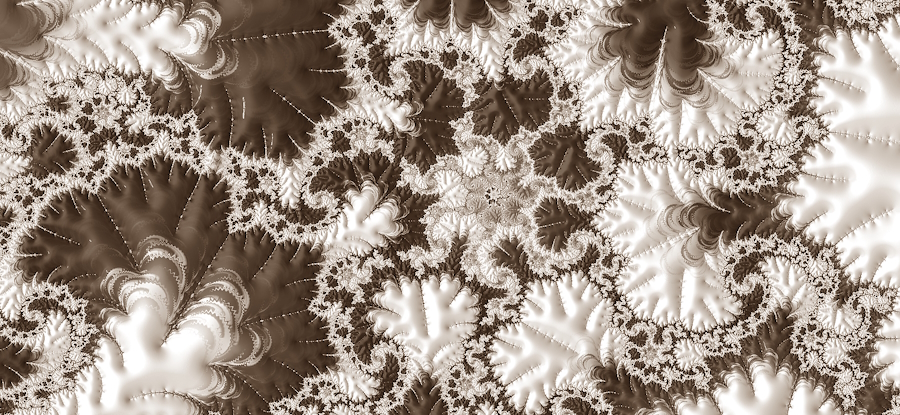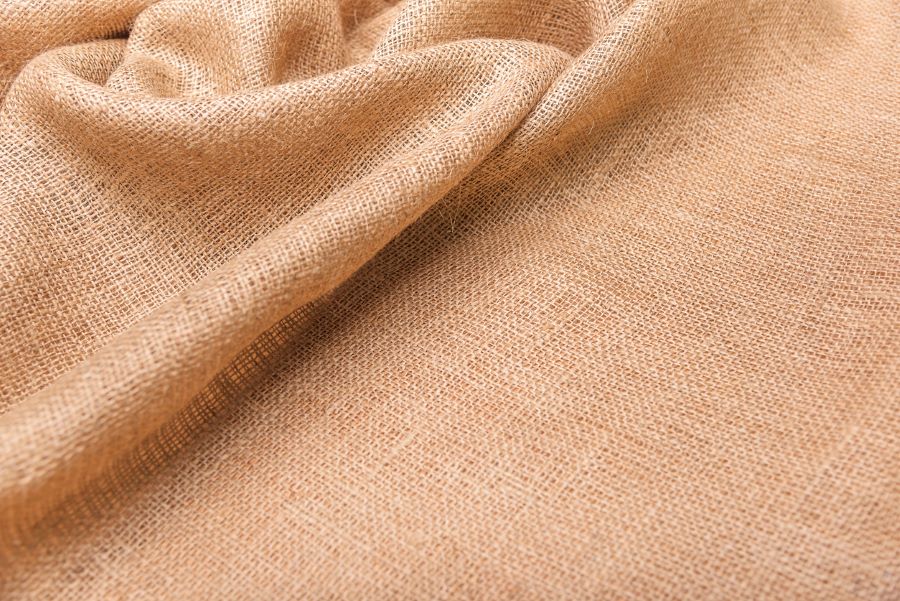Unusual Textile Terms and Unfamiliar Fabric Names You Don’t Know Of
There are unusual textile terms and unfamiliar fabric names some don’t know about, and there are quite a number. Some 21st-century fabric lovers, fashion designers, tailors and dressmakers don’t know of them either because some of these names and terms are mainly from yesteryears and were popular then. A number of these traditional terms and material names still remain relevant today.
Most know fabric names like wool, silk, cotton, lace, and jersey, but how many know textiles like brocatelle, crash, grenadine, and jaspé, or terms like crewel and selvedge?

List of Unfamiliar Textile Terms
Applique – A cut-out pattern sewn onto another fabric.
Armure – This cloth is a raised satin pattern with small isolated motifs arranged to form an all-over design.
Batik – A process of dying cotton, silk, or rayon fabrics using wax to create designs. This wax is removed after dying with the hot iron and paper technique.
Block print – Hand-dyed traditional textile fabrics using carved wood blocks to create patterns.
Braid – Used for binding and decorative trims and made by intertwining several strands of yarn fibres like cotton, silk, and other yarns.
Brocatelle – A damask look-alike fabric with embossed patterns and made from heavyweight silk.
Cambric – Traditionally a sheer plain weave cotton or linen fabric. The modern versions of the cambric material have a coarser texture.
Casement cloth – Lightweight plain weave material traditionally made from wool and silk. Today’s casement cloth is made of cotton, rayon, silk, mohair, wool, or a combination of any two of these.
Crash – A rough-textured fabric woven with coarse and uneven yarn. This textile includes a group of jute, linen, and cotton fabrics.
Crewel embroidery – Used extensively during the Jacobean Period for upholstery and draperies. It consists of patterns made from vari-coloured wool woven onto cotton or linen.
Damask – A type of jacquard weave originally made of silk, woven in two colours, and with a reversible pattern.
Duck cloth – A cotton cloth similar to canvas and tightly constructed using plain or ribbed weaves.
Faille – A soft, light-woven traditional textile with a ribbed texture (originally made of silk) and traditionally used for draperies and trimmings.
Felt – This is a matted material produced under heat (or pressure), with its material made of wool, mixed fibres, cow hair, mohair, or a combination of fibres.
Frisé – Also known as frieze, this is a pile fabric with uncut loops made of mohair, wool or heavyweight cotton with patterns created by cutting some loops, printing on its surface, or using multi-coloured yarns.
Gingham – This is yarn-dyed cotton fabric. It is lightweight and woven in check or stripe patterns. The traditional fabric was generally used for bedspreads, draperies, and trimmings.
Grenadine – similar to marquisette but finer, grenadine textile fabrics are constructed with the Leno weave and come plain or with woven figures or dots.
Grosgrain – Heavy and stiff unusual textiles made of silk or nylon and structured with a taffeta weave. Traditionally, it was made from silk, wool, or a combination of both. Used for draperies and ribbons.
Guimpe – This is a narrow fabric with heavy cords running through it. It was mainly used as upholstery trimmings, for draperies or as edgings. It’s also used as a part of nuns’ habits.
Guipure – A kind of bobbin lace that connects the motifs with bars or plaits instead of net or mesh. It is made by twisting and braiding the threads to craft incredible lace designs with an airy, ornamental look.
Hair cloth – A durable material popular in the mid-19th century in America and England. It is a cloth linen, cotton, or with worsted warp and horsehair filler. The material, at the time, came in narrow widths.
Homespun cloth – Homespun fabric is made of cotton fibre woven in a style similar to primitive hand-woven cloth. It is called “homespun cloth” because it typically has small nubs and imperfections woven into the fabric.

Indienne – Indian printed cloth imported into France in the late 1600s and through the 1700s.
Jardiniere velvet – Intricately woven material made of silk. Jardiniere is a luxury silk velvet fabric with a multi-coloured pattern of flower groupings set against a light satin (or damask) background.
Jaspé – A streak or mottled pattern fabric with a soft texture and a time-worn appearance. The cotton material is created when two cotton yarns are unevenly dyed separately before construction.
Khaki – This fabric is a cotton twill textile with a light brown colour used primarily for uniforms. It is also made with wool and cotton fibre combinations, including blends of synthetic fibres.
Lampas – This was a popular fabric in the 18th and 19th centuries. These textiles feature a twill or plain weave construction and come in two or more colours. It comes with a plain weave or satin background and resembles damask fabrics.
Leno – This fabric has a net effect because of its type of weave, which consists of pairs of warp yarn wrapped around each other between picks of filler yarn. It is also called gauze weave or cross weave.
Marquisette – A hard-twisted but sheer gauze-like textile woven in a leno weave with cotton, nylon, rayon, or wool threads.
Matelassé – This heavy fabric has an embossed pattern that gives it a padded or quilted effect (although there is no padding within the cloth, often woven on jacquard looms, with cotton being its most common material.
Metallic cloth – This fabric is knit or woven with tinsel, gold or silver metallic yarns or from a combination of metallic fibres with cotton, polyester or nylon.
Moiré – These are unusual textiles originally produced from silk but now also made from rayon, cotton, and wool. It has a wavy watermark pattern that fades off after a few washes and ironing. Its pattern holds best when the fabric is woven with synthetic fibres.
Monk’s cloth – Also called Friar’s cloth, monk’s cloth is a heavyweight cotton fabric constructed in a coarse weave. It served as fabric for monk’s apparel hundreds of years ago. The cloth was also used for furniture upholstery in informal rooms.
Moquette – This cloth is similar to frisé and made of wool, heavyweight cotton, or mohair. It is woven on a jacquard loom with small patterns in different colours. This material is mainly used for home furnishings and floor coverings.
Muslin – A lightweight fine cotton fabric that comes bleached or unbleached and in various degrees of fineness. It comes plain, printed, loom patterned, or embroidered. Top-quality types are finer, softer, and smoother to the touch.
Unusual Textile Terms and Unfamiliar Fabric Names
Many of these unusual textile terms and unfamiliar fabrics were (some still are) mainly used as decorative household materials, and some for apparel, linen, furniture, and linings.
Source: INTERIOR DESIGN AND DECORATION (By Sherrill Whiton)
The Mood Guide to Fabric and Fashion: The Essential Guide from the World’s Most Famous Fabric Store
Fabrics A-to-Z: The Essential Guide to Choosing and Using Fabric for Sewing